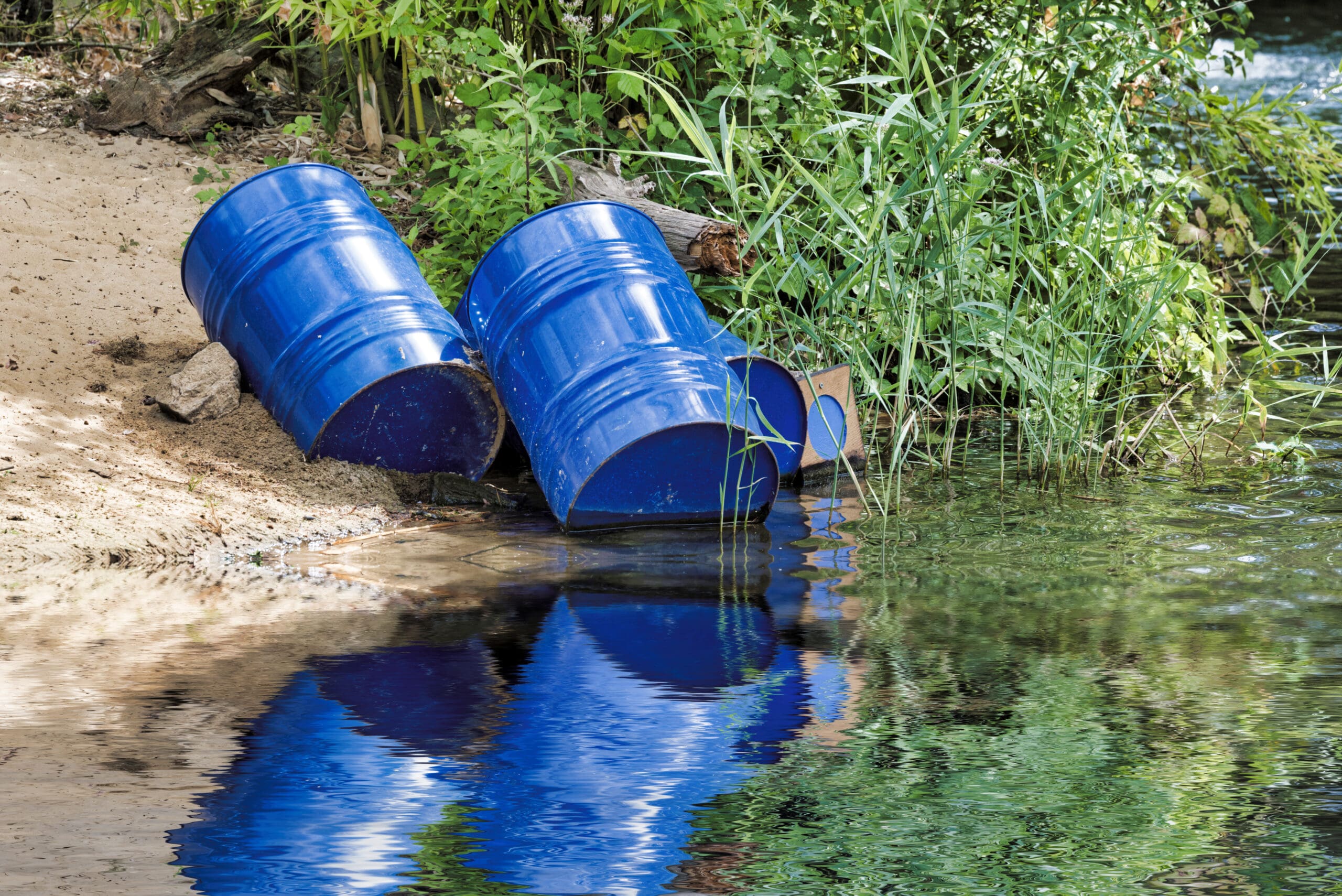
How to Prepare Your Company for a Water Chemical Disaster
In the wake of natural disasters, chemical disasters are often forgotten. While they may not be as destructive as hurricanes or floods, they can still cause massive damage to property and human health. Every business must have an emergency plan to protect its employees, customers, and assets in a chemical disaster. Here’s what you need to know to ensure your company is prepared.

What Is A Water Chemical Disaster?
A water chemical disaster is when hazardous material has been released into a natural body of water, such as a river or lake, and may include contamination of the water supply. It may occur due to human activities, such as oil spills, industrial accidents, or natural disasters like severe weather, floods, hurricanes, and landslides.
These events can devastate aquatic ecosystems and impact drinking water sources for humans and animals. They can also cause health problems in people who come into contact with contaminated water directly or through their food sources.
Preparing Your Company For A Water Chemical Disaster
Water chemical disasters can devastate aquatic ecosystems and drinking water sources. To protect your company in the event of a water chemical disaster, there are several steps you can take.
Create An Emergency Response Plan
The first step in preparing for a water chemical disaster is creating an emergency plan. This plan should include information about when and where employees should evacuate, how they will do so safely, and who will lead the evacuation effort when an emergency occurs. It should also provide instructions on what employees should do after evacuating—for example, how to report back to their supervisors or seek medical treatment if needed.
Additionally, you should ensure you have contact information for all relevant authorities, such as the local fire department or local health departments, readily available in case you need to report chemical spills or contamination incidents.
Secure Necessary Emergency Equipment
In addition to having a plan in place and educating your staff about emergency preparedness, another key step in preparing for a water chemical disaster is acquiring any necessary equipment beforehand—like respirators or protective clothing—so that your team can respond quickly and effectively if needed. You should also keep a stockpile of first aid supplies on-site so your team can tend to any injuries immediately following the disaster.

Know What’s At Stake
Knowing the potential environmental damage and health risks associated with a chemical water chemical disaster is important. You should familiarize yourself with the types of hazardous materials that can be released in your local area and any special regulations that may apply to the handling or properly disposing of toxic chemicals. Additionally, you should research nearby natural bodies of water to ensure that any contaminants released during a disaster won’t cause significant harm.

Get Pure Water And Ice In Your Office
In order to ensure that your employees and visitors have access to clean drinking water, you should install a reliable bottleless water cooler and ice system in your office. Additionally, keeping a few bags of ice in the freezer can help reduce the risk of people drinking contaminated water. It’s also important to keep all food and beverages stored in sealed containers until the water is deemed safe for consumption.
Protect Your Water Supply From Hazardous Chemicals
The most effective way to protect your water supply from hazardous chemicals is to install a high-grade filtration system and maintain it regularly. Additionally, you should adhere to any regulations or restrictions regarding chemicals in your local water supply. Finally, it’s essential to inform your staff about the potential risks of drinking water containing hazardous materials and provide training on recognizing and responding to a chemical-related disaster.
Consider New Products
Protect your building from future water damage by investing in water-resistant materials like sealants and coatings. You should also consider purchasing products that can help you monitor your water quality and detect any contaminants that may enter the system. Additionally, ensure your plumbing is up-to-code and properly sealed so that no outside chemical release can enter the building.
Train And Communicate With Your Employees
Emergency planning is only effective if everyone knows what it entails and how it works. Therefore, all employees must receive occupational safety training on the company’s emergency response protocol before any potential disaster occurs. This training should include an overview of the types of chemical disasters that could happen and detailed instructions on how to respond safely to chemical exposure and efficiently if such chemical emergencies occur at your workplace.
Plus, practicing the plan after training doesn’t hurt to ensure everyone knows what to do. Finally, you should keep lines of communication open by regularly checking in with your team and providing them with updated information about potential water chemical emergencies. This way, your staff will be better equipped to handle any trouble that may arise.

Bring in an Expert
Suppose you’re unsure how to best respond to a chemical water disaster. In that case, it may be wise to bring in an expert, such as someone from the National Fire Protection Association or the Environmental Protection Agency emergency responders.
They can help you evaluate your current occupational safety protocols and create a comprehensive plan for responding to any potential spilled chemical emergencies. Additionally, they can recommend the best type of filtration system or hazardous materials containment solutions to ensure the chemical safety of your building and employees.
Write A Contingency Plan
Finally, create a contingency plan that outlines the steps your team needs to take during a water chemical disaster. Ensure to include details like who should be contacted first, the process for shutting down potential hazards, and how to handle contaminated water and materials safely. You should also include an evacuation plan that outlines where people should go in the event of a disaster.

Preparation Is Key To Avoiding Catastrophe
By taking these steps, you can help protect your employees and customers from harm while ensuring your business can get back up and running as soon as possible following a water chemical disaster. You can prepare your business for any potential threat with the right preparation and response plan.
Protect Your Workplace By Going Bottleless With Drink Artesian
Water chemical disasters can be avoided if you implement the right measures. But why limit yourself to just prevention? Invest in a touch-free bottleless water cooler from Artesian Bottleless Water that will provide your building with clean and safe drinking water without requiring you to purchase and store bottled water cases.
Artesian’s systems are designed to meet the highest standards for safe drinking water and include advanced filtration systems, ultraviolet purification technology, and reverse osmosis. You can also rest assured knowing that our technical team is always available to provide support in an emergency.
By investing in a reliable source of clean drinking water, you’ll be one step closer to ensuring the safety of your building and personnel. Contact Artesian today and learn how to take your workplace’s water safety to the next level.



